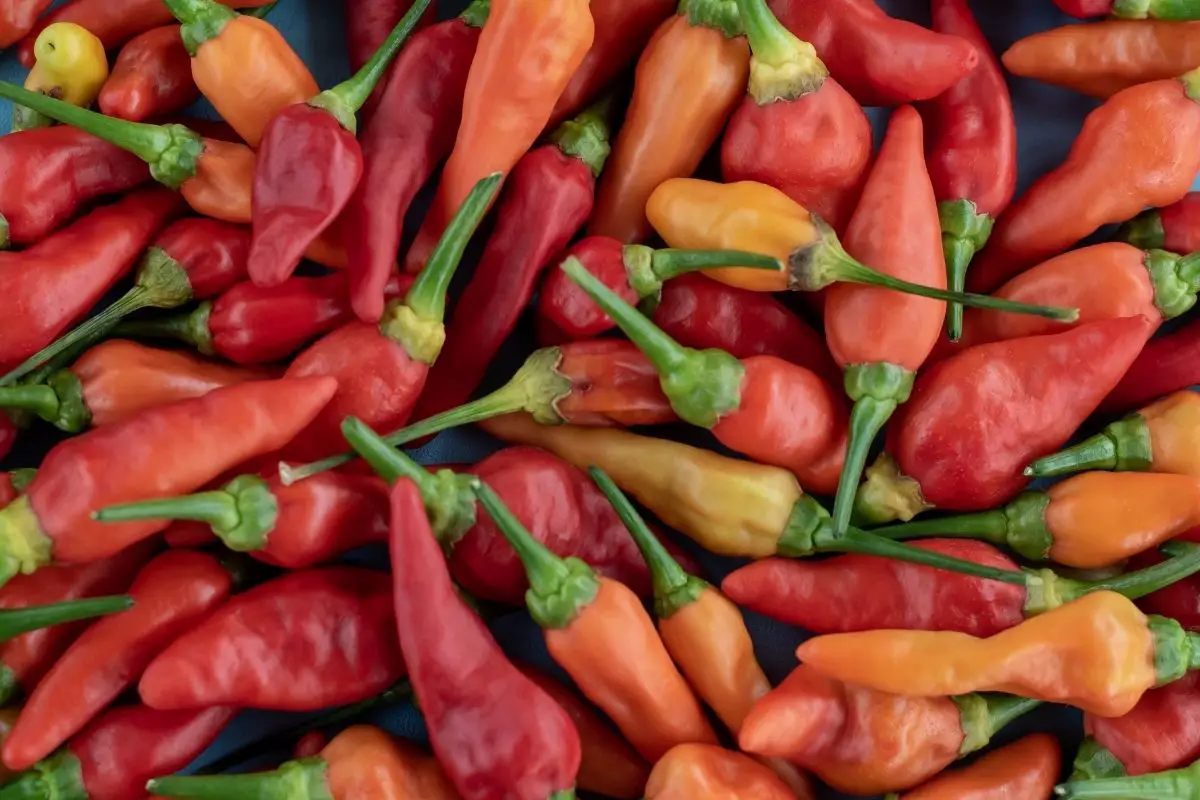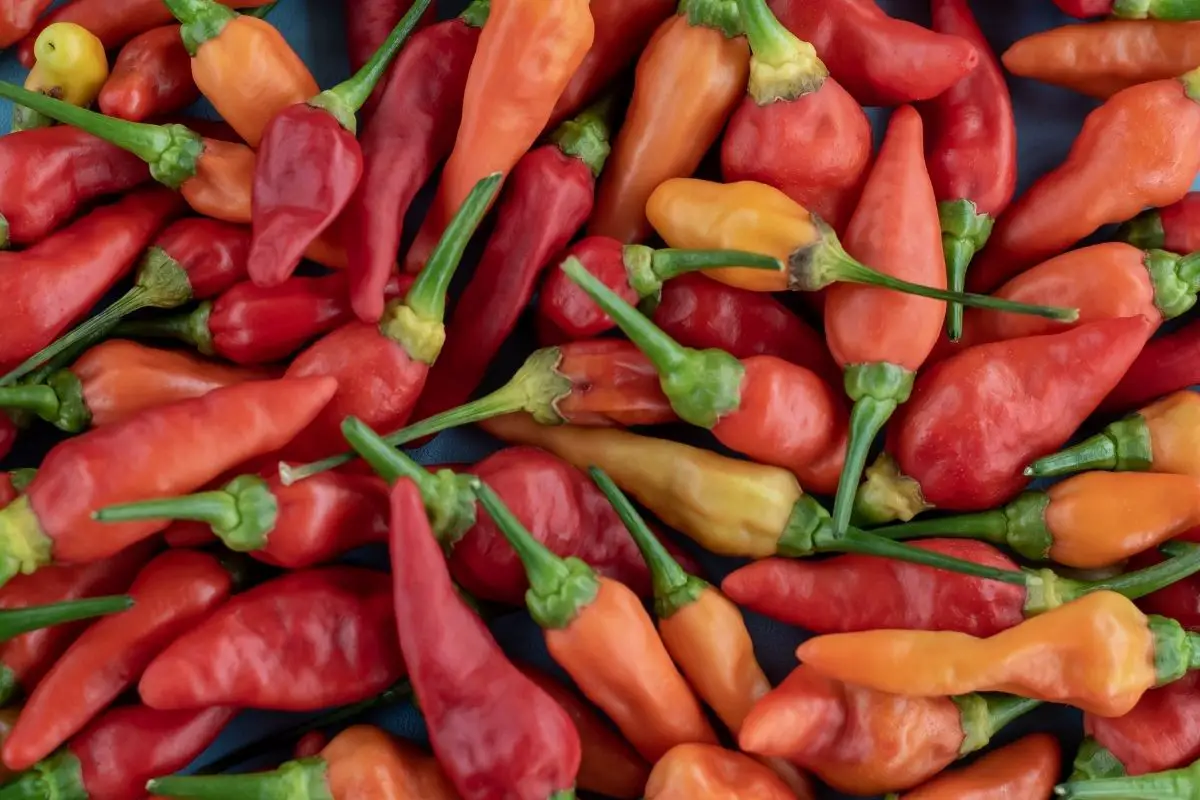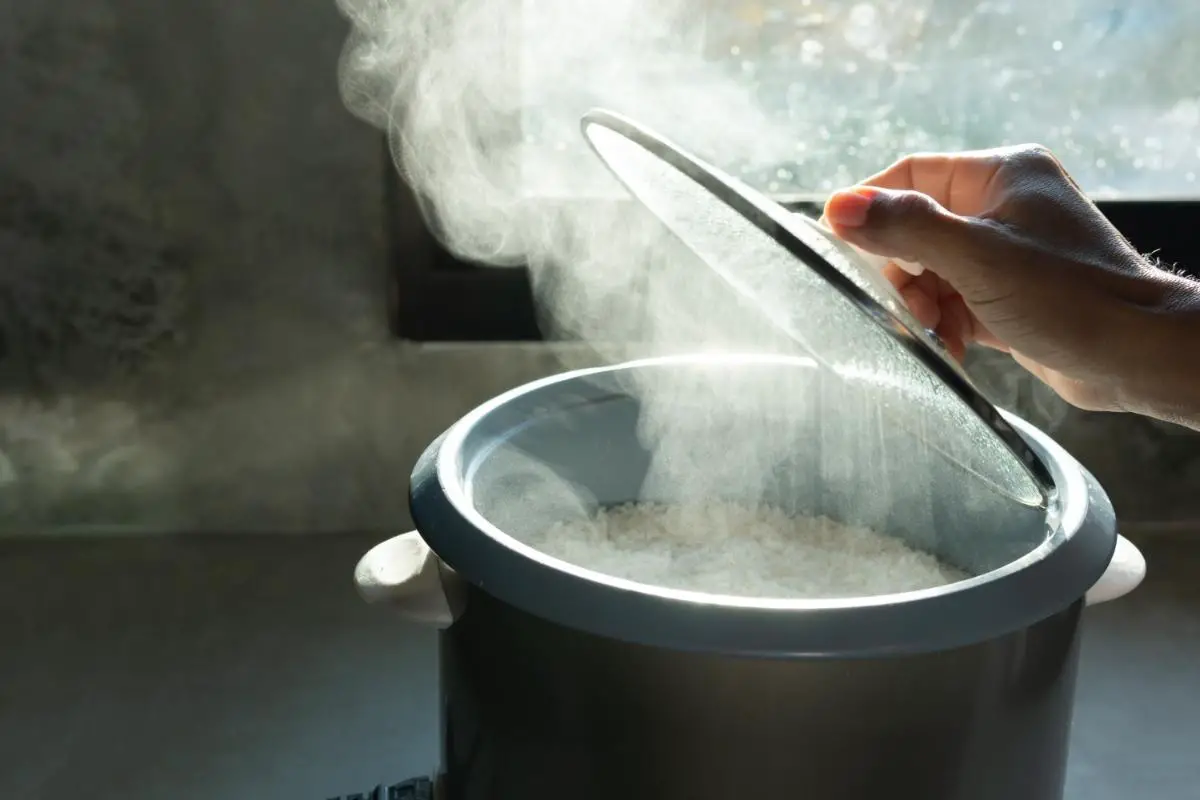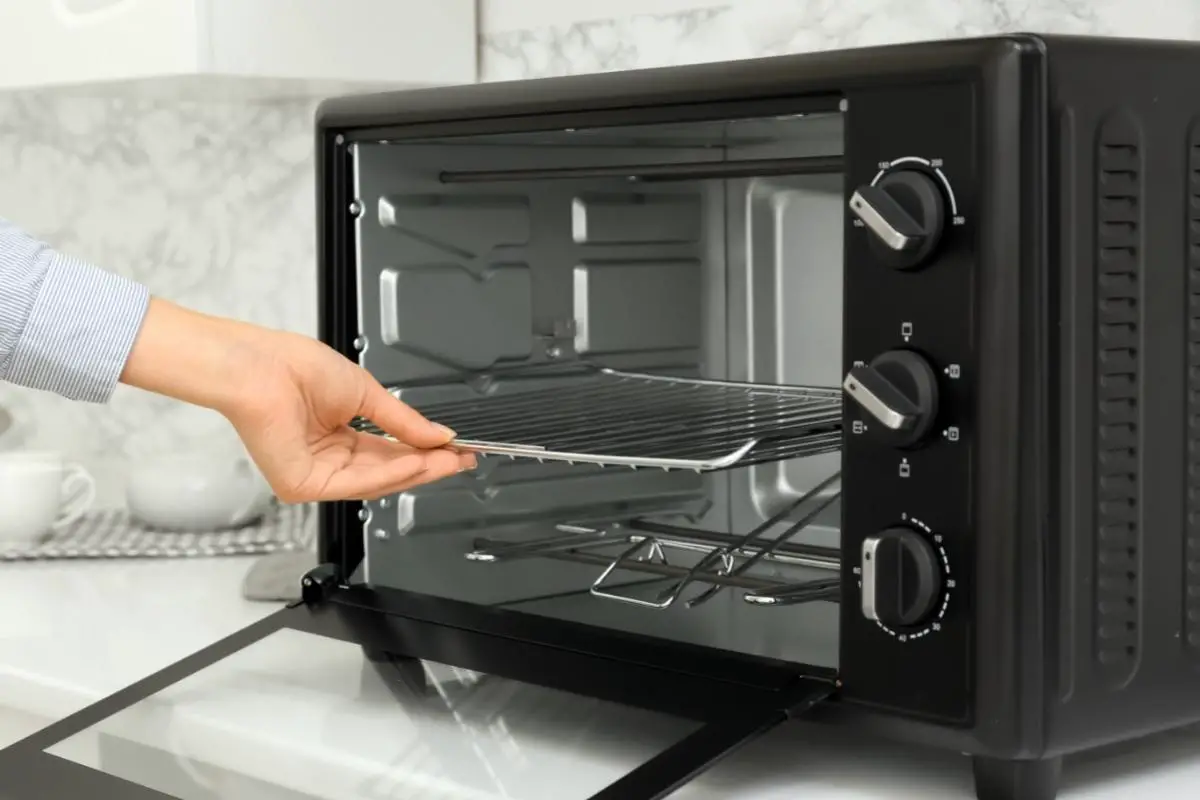The Chili Pepper was introduced to Thailand a very long time ago by Portuguese explorers and its reputation for spicy dishes has since grown, coming from a particular variety known as the Thai bird’s eye chili.

The Thai Bird’s Eye Chili is a chili that is native to Thailand, and it has been used as a spice in the country for hundreds of years.
It is one of the most popular spices in Thailand and is often added to dishes like curries, soups, salads, rice dishes, noodles, stir-fry dishes, and even desserts.
In this article, we look at the chili in closer detail and find out a little more about its origin, what it looks like and how it is used. Let’s jump in.
The Thai Bird’s Eye Chili
The bird’s eye chili can be found fresh or dried and ground into powder form. When you buy the dried version, make sure that it is not too old because the heat will diminish over time.
If you are buying the fresh version, then be prepared if you are not used to spice, your mouth will tingle when you eat it.
The Thai bird’s eye chilies are usually sold in small plastic bags with the name of the dish written on them. You should always read the label before using these chilies, especially if you have never eaten them before.
If you want to use the chili in a dish where the heat isn’t so intense, you can add some water or coconut cream to dilute the flavor.
This way, you won’t get an overwhelming sensation of heat. However, if you do decide to cook with the chili, remember to wear gloves when handling it.
The chilis are around two inches in length and come in a range of different colors.
Each color represents a different level of ripeness and if you notice the chili is completely green, this means it is not ripe enough to eat just yet.
When they are this color, there is a lot more heat to the bite. Every color has its taste profile and although you can substitute red for green in a recipe, the taste will differ slightly.
Origin
It’s called a bird’s eye chili because it was observed that birds spread the seeds or that the stem looks like a bird’s eye.
The origin of this name however is not verified. Both could be real as birds are not sensitive to capsaicin, which is the chemical that adds spice to the chili and the stem simply looks like a bird’s eye.
In the Thai language, they are called prik kee nu (พริกขี้หนู). This means mouse poop chili and is verified as the chili is around the size of mouse droppings.
How Spicy Is Thai Bird’s Eye Chili?
Thai bird chilis measure 50,000 to 100,000 Scoville units, meaning they are extremely hot chilies. The Scoville scale is a measurement system that measures the spiciness of food based on the amount of capsaicin present.
Capsaicin is the compound responsible for the burning feeling that comes with eating peppers.
The higher the number on the scale, the hotter the chili. The Thai bird chili is around 20 and 40 times hotter than a jalapeno pepper.
This will give you an idea of just how hot the chili is if you have ever eaten a jalapeno pepper before now.
Thai bird chili along with many other hot varieties can burn your eyes and skin, so always remember to use gloves when dealing and cooking with them.
The spice of the chili will also depend on the batch you buy. Some batches might be tolerable to add a few to a salad, whereas others are so hot, just one bite can send your mouth into flames.
Thai Bird’s Eye Chili In Cooking
When it comes to Thai cooking, chili is used in a variety of different dishes. It is commonly found in soups, salads, curries, stir-fries, and even desserts. In Thailand, it is often added to rice noodles and served as a side dish.
You can make a simple curry with the chili by adding coconut milk and fresh basil leaves. Add some fish sauce and lime juice to round out the flavors.
You can also make a spicy soup using chicken broth, coconut milk, cilantro stems, ginger, garlic, lemongrass, kaffir lime leaf, galangal root, turmeric, and Thai bird’s eye chili powder.
A popular dessert in Thailand is sticky rice mixed with sugar and topped with chili.
The Thai love their chilies, and you can often order a 20 baht portion of sausage from a roadside stall which is served in a bag and there will usually be two or three bird eye chilies to eat with the sausage. Very tasty but very spicy!
How To Store Thai Bird’s Eye Chili

These chilies can be frozen and if you want to use them whilst they are still frozen, you absolutely can. Pop them in a mortar for dishes that need them, and break them up a bit to bring them back to life.
If you do want to thaw them, they shouldn’t take long when they are left at room temperature.
What Are The Health Benefits Of Eating Thai Bird’s Eye Chili?
There are several health benefits associated with consuming spicy foods such as Thai bird’s eye chili, including:
1) Boosting Immune System – Research shows that people who regularly consume spicy foods tend to have stronger immune systems.
This is because capsaicin helps boost the body’s production of white blood cells and antibodies.
2) Reducing Blood Pressure – Studies show that regular consumption of spicy foods may help lower blood pressure levels.
3) Helping Digestion – Some studies suggest that the digestive enzymes found in some spices, such as ginger, turmeric, cayenne, and black pepper, may aid digestion by helping break down fats and proteins.
4) Preventing Cancer – There is evidence suggesting that spicy foods may prevent cancer. However, further research needs to be done to confirm these findings.
5) Improving Heart Health – According to one study, eating spicy foods may improve heart health by reducing cholesterol levels.
Final Thoughts
We hope after reading this article you have found out everything you need to know about the Thai bird’s eye chili, from how spicy it is, to the origin of the name, to how to use it in cooking and to how eating spicy food such as the chili can benefit your health.
Enjoy the chili and experiment in recipes with it, but just be careful of that fiery kick!
- What goes good with fried shrimp for dinner? - November 17, 2022
- Best Heat Diffusers for a Gas Stove - November 16, 2022
- Can you boil potatoes too long for mashed potatoes? - November 15, 2022









